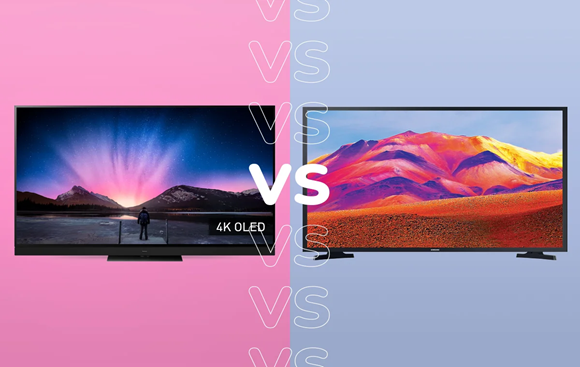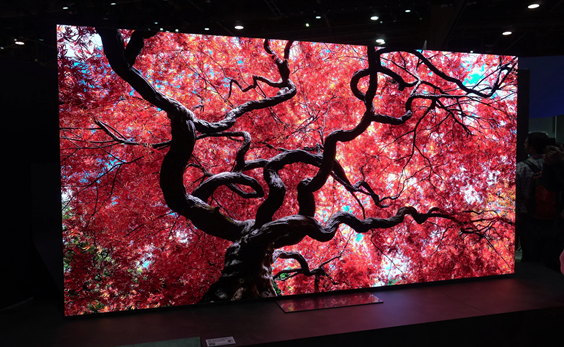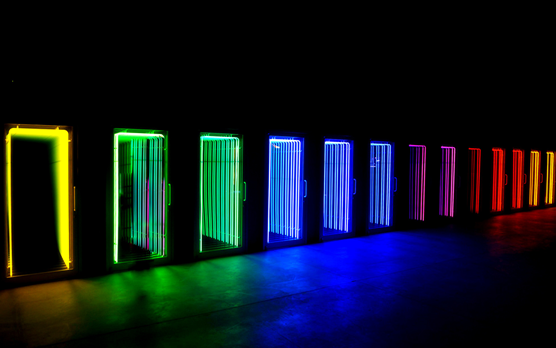


Display technology has profoundly shaped how we interact with digital devices, from smartphones to massive advertising billboards. The evolution from cathode-ray tubes to more sophisticated technologies like Light Emitting Diode (LED) and Liquid Crystal Display (LCD) has brought about a significant transformation in display quality and efficiency. Through this guide, Dynamo LED Displays will equip you with a fundamental understanding of these two prevalent technologies, exploring their development, operation, and the distinctions between them.
LED displays use an array of light-emitting diodes as pixels for video display. Their origin dates back to the 1960s when they were initially used in lab equipment and later for calculators, watches, and TVs. LED technology has evolved to offer incredible brightness and clarity in a range of applications from small devices to large public screens.
An LED display consists of several components:
These components work together to produce vibrant images. Each LED emits light directly, which can be individually controlled to achieve high levels of brightness and contrast.
What Are LCD Displays?
Definition and Brief History
LCDs, first developed in the 1960s, use liquid crystals to display images. These crystals do not emit light directly. Instead, they use a backlight or reflector to produce images in color or monochrome.
LCDs function by blocking light. These displays consist of two polarizing filters with liquid crystal filled the space between them. When an electric current passes through the liquid crystals, it changes their alignment and modulates light passing through them to display images.

LEDs often display deeper blacks and have a wider color gamut because they can individually turn off pixels, enhancing dynamic contrast. LCDs, however, tend to have consistent brightness but may struggle with true black since the backlight can show through.
LCDs traditionally offer wider viewing angles than older LED technologies, but advancements like IPS (In-Plane Switching) and OLED (Organic LED) have begun to bridge this gap significantly.

LEDs are particularly advantageous in large-scale applications like billboards or televisions, where their lower power usage translates into significant energy savings over time compared to LCDs.
LEDs not only use less power but also have a longer lifespan, typically lasting up to 100,000 hours before reaching half brightness, compared to 50,000 hours for LCDs.
For home and professional use, LEDs offer better contrast and are more suitable for environments with varying light conditions.
OLED, a type of LED, is preferred for its superior color contrast and battery efficiency in portable devices.
LEDs are favored for outdoor applications due to their visibility and durability in various weather conditions.
Choosing LED technology typically involves higher upfront costs, but this is offset by lower maintenance costs and energy savings over time.
LEDs are generally more environmentally friendly than LCDs, as they consume less power and have a longer lifespan, reducing waste.
The trend is towards more energy-efficient, durable, and ecologically sound displays, with LED technology leading the way in innovation.
When choosing between LED and LCD, consider the application, cost, environmental impact, and desired picture quality.
The choice between LED and LCD technologies involves multiple factors including cost, application, and environmental considerations. LED technology, despite its higher initial cost, offers advantages in terms of energy efficiency, lifespan, and display capabilities, making it an increasingly popular choice across various applications.
